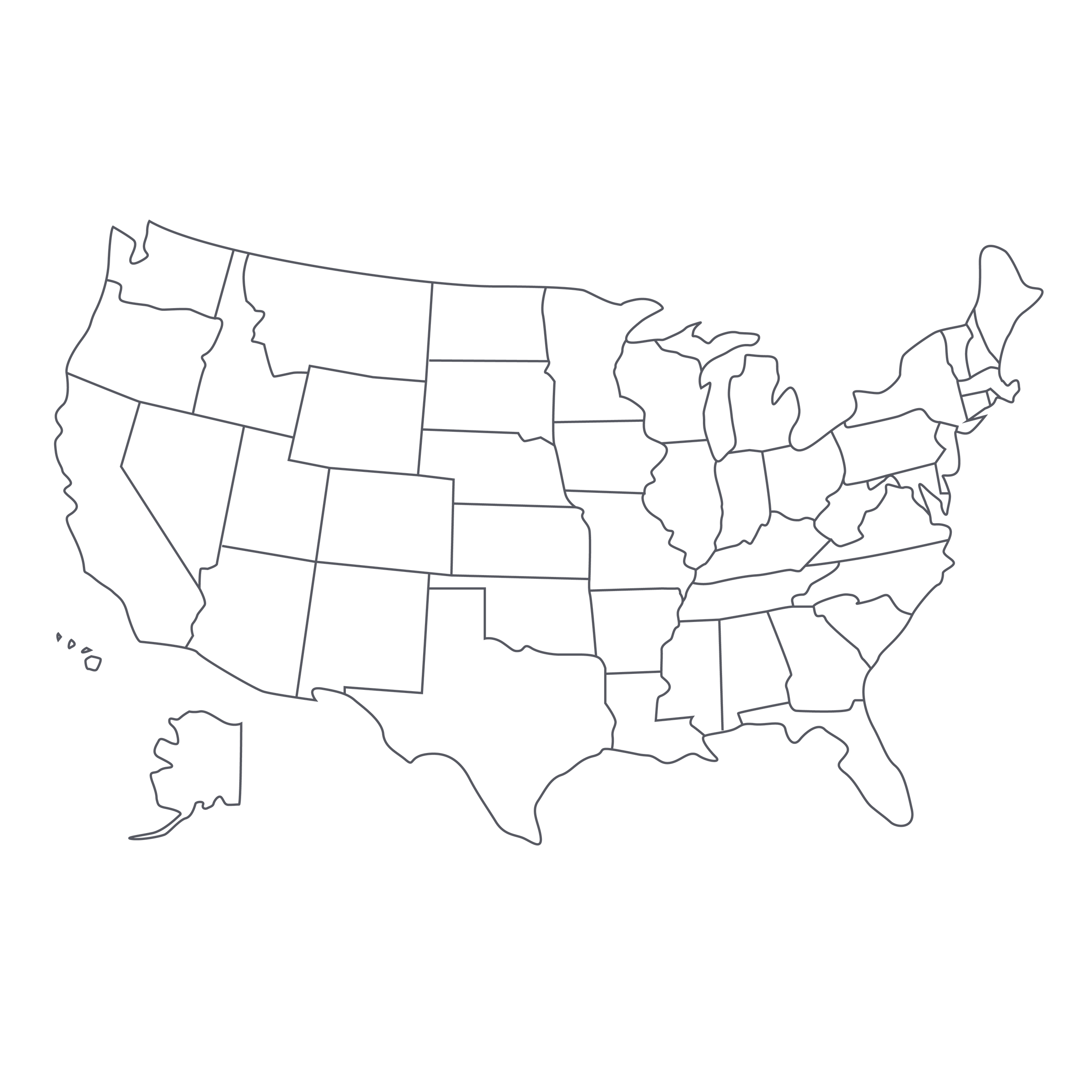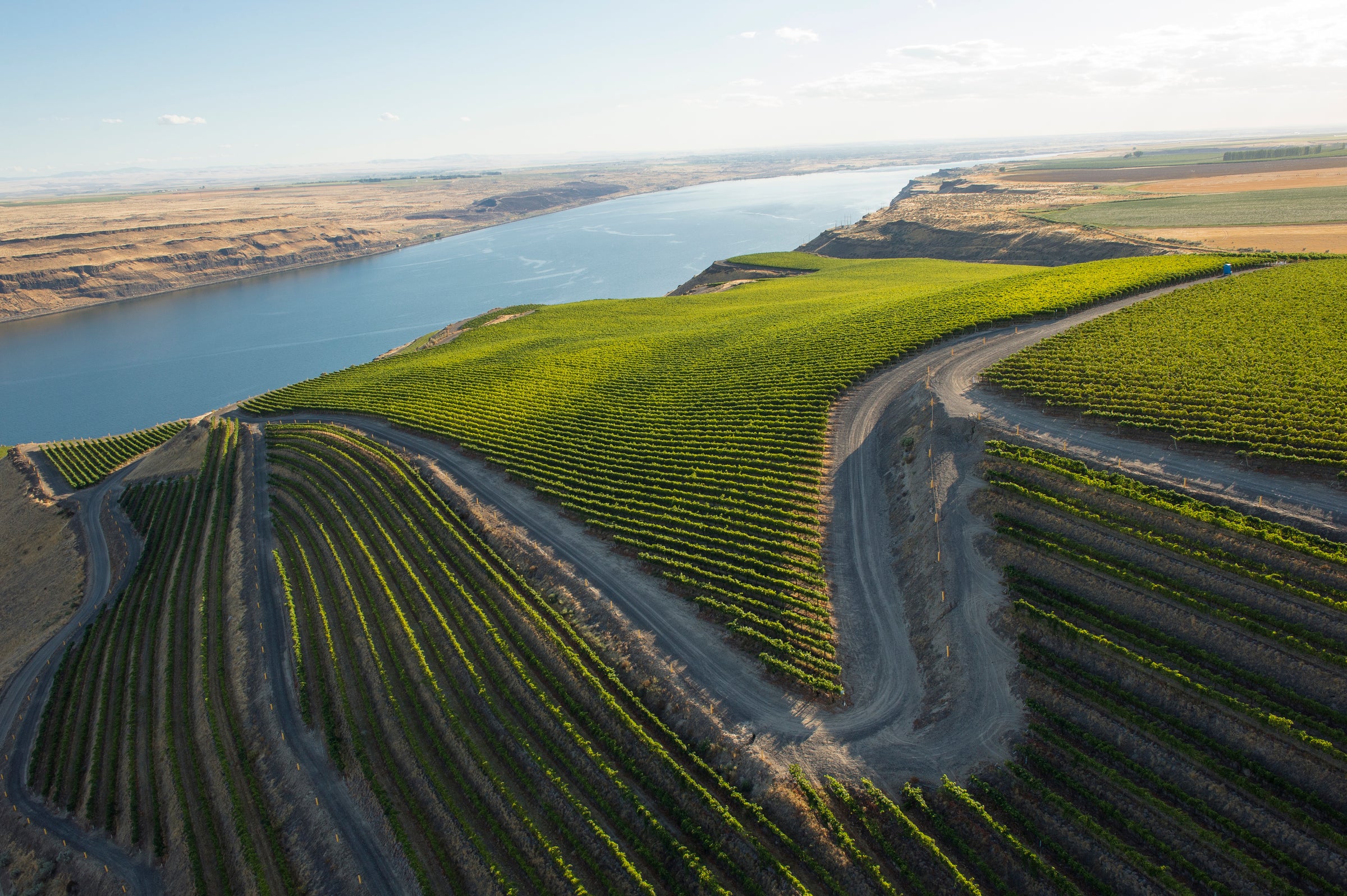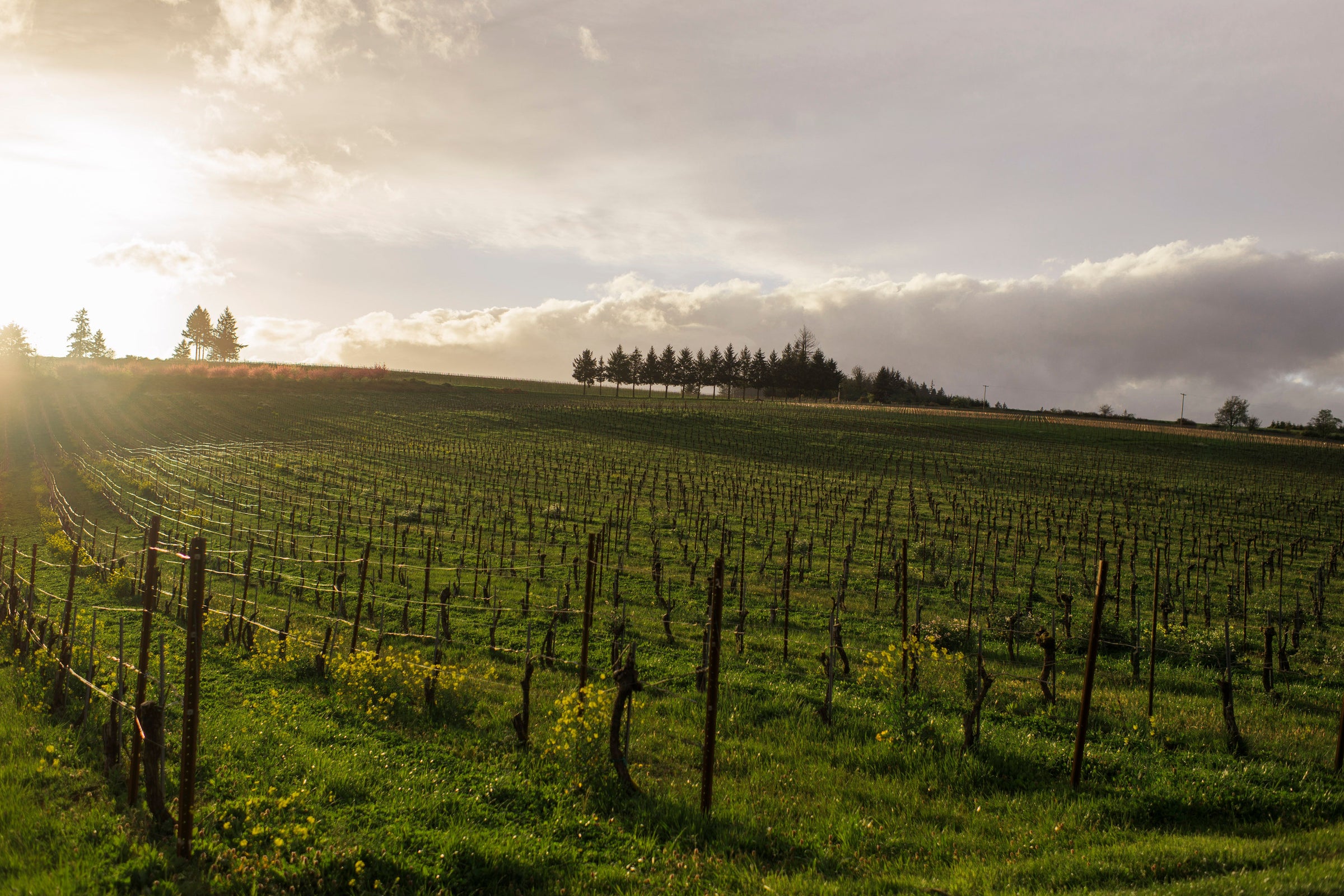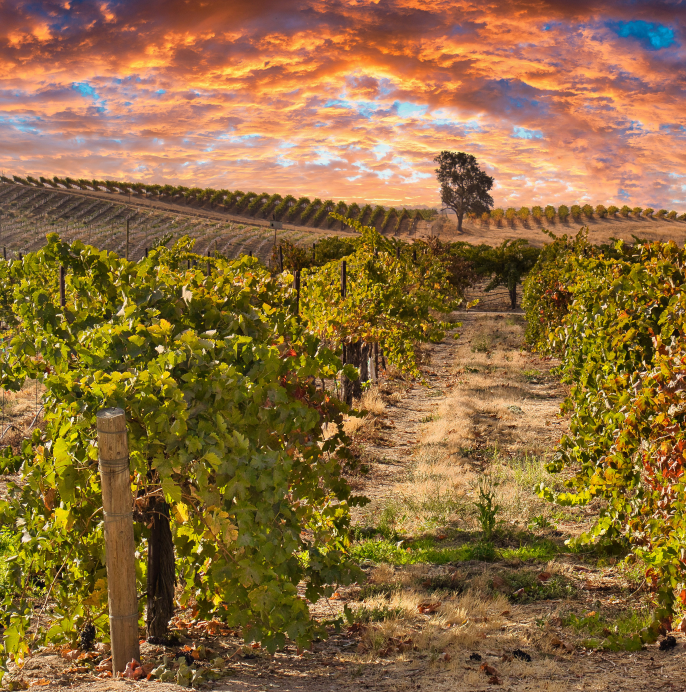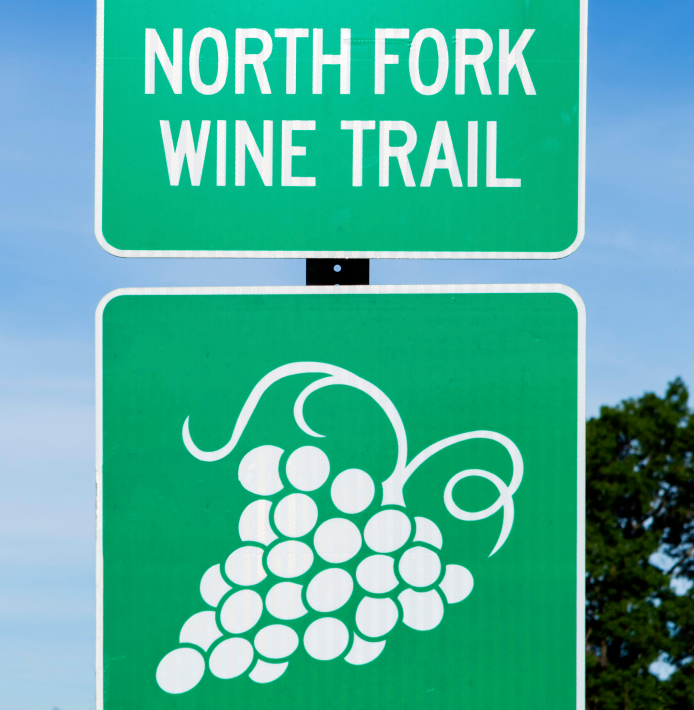In the 45 years since the infamous “Judgement of Paris” tasting, California’s winemakers have shown time and again that they can hang with the French. This goes not just for red Bordeaux grapes and Chardonnay (the focus of the Paris Tasting) but for the ultimate “heartbreak” variety, Pinot Noir, as well. My own Pinot Noir preferences skew heavily toward French Burgundy, especially when it comes to aged wines, but today I’m on my feet and loudly applauding my home state: The 2013 “Native 9,” from James Ontiveros’ heritage vineyard overlooking the Santa Maria Valley (more on that below), is a wine any Burgundy producer would be proud to have made.
It not only re-affirms my faith in the longevity and pedigree of California Pinot Noir, it stands out as one of the most outstanding values we’ve come across in a very long time. Had I tasted it blind, I might have easily mistaken it for a polished (and much more expensive) Morey-Saint-Denis wine from a Premier Cru vineyard. And where vineyard land is concerned, I wouldn’t have been far off: Rancho Ontiveros, while not as famous as some of its Santa Maria Valley neighbors (anyone heard of Bien Nacido?), is a high-elevation gem that should be ranked alongside California’s very best. This ’13 is not only singing right now, it clearly has the energy and balance needed to keep on keeping on. We are thrilled to be able to share some with our subscribers today!
If you are not familiar with Rancho Ontiveros and Native 9, its backstory will impress you as much as the wine itself. The Ontiveros family has roots in this part of California dating back to before it was a US state. The first Ontiveros, Josef, arrived in “Alta California” in 1781, right at the start of the period when the Mexican and Spanish governments were giving land grants to retired soldiers and others to encourage settlement of the region. The Ontiveros family originally received a tract of land in what is now Orange County, California, but subsequent generations sold it to purchase Rancho Tepusquet, in what is now northern Santa Barbara County. The famed Bien Nacido Vineyard—Santa Barbara’s, and perhaps California’s, most famous single vineyard—is located within the Rancho Tepusquet territory.
Fast forward to 1975: The Rancho Tepusquet had been sold off in pieces many years prior, but Mark and Louise Ontiveros, James’ parents, acquired a ranch overlooking what was once Rancho Tepusquet. This property, situated at 700 feet in elevation, became the family home and, eventually, James’ first foray into viticulture: In 1997, he planted roughly five acres to five clones of Pinot Noir while simultaneously studying at Cal Poly. A few years later, he met Mounir Saouma of Lucien Le Moine, a celebrated micro-négociant in Burgundy (and a familiar name to SommSelect subscribers), who had been in the Santa Maria Valley and was excited by its potential. “This is the right place,” Saouma said, and he encouraged James to visit Burgundy to take his Pinot Noir knowledge to the next level. Among his takeaways was a commitment to farm his vines organically and biodynamically.
Partnering with winemaker Paul Wilkins, Ontiveros released the first “Native 9” Pinot Noir in 2003, incorporating one very “Burgundian” practice that has really shaped the style of the wine: “whole cluster” fermentation. One of the most famous properties to champion this practice is the legendary Domaine Dujac (not bad company to be in), and in James’ case, 100% of the fruit harvested for Native 9 is left with stems intact during the first phase of fermentation. Native 9 also undergoes an extra-long élevage (aging), especially by Californian standards, spending 33 months in 30% new French oak before bottling.
Only about 450 cases of this ’13 were produced in total (and the wine was originally released in Fall 2017 to club members), but Ontiveros purposely held back some stock of past vintages to be able to offer “vertical” selections to his customers. That’s a confident move, and an expensive one (reinforcing just what a great price we’re getting here for a mature wine), but it was worth it: The wine’s seamless integration of fruit, earth, and oak is a thing to behold. It remains a relatively deep, youthful ruby in the glass, with explosive aromas that lead with lots of crushed blackberry and black cherry before revealing more and more with each return to the glass: sandalwood, violets, anise, underbrush…it’s right at a point in its life where more savory “secondary” aromas are creeping into the picture. The effect of whole-cluster fermentation is perhaps most expressed in the wine’s texture, which is plush and velvety but with a pleasing (and refreshing) crunch to it. It makes good on the “cool climate” promise of the Santa Maria Valley with modest alcohol and invigorating freshness, and best of all, there is still more graceful evolution ahead of it—frankly, not something I’m used to saying very often about California Pinot. Of course, you’d be crazy not to pull a few corks now—the wine is firing all cylinders after 15-30 minutes in a decanter—so break out your best Burgundy stems, pour a glass at 60-65 degrees, and pair it with a recipe like the one attached, which really speaks to the heritage of this family and wine. Cheers!
